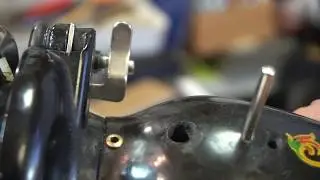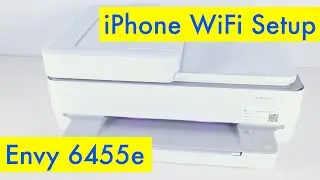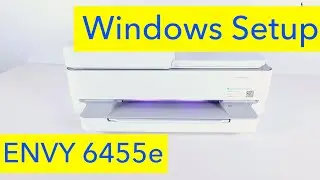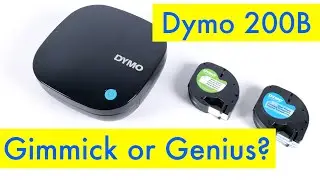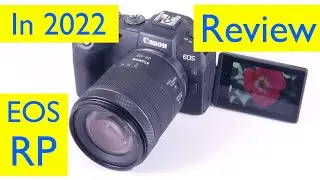Fujifilm XA10 Review and HD Video Test
Fujifilm XA10 Review and HD Video Test
Link to Fujifilm X-A10: http://amzn.to/2iciGvU
Fuji X-A10 Charger: http://amzn.to/2jEJgyg
Fuji X-A10 Lenses: http://amzn.to/2zYES8c
Link to Sony A5100: http://amzn.to/2Aka5BP
Link to Canon EOS M100: http://amzn.to/2icjaCe
Today I’m looking at the Fujifilm X-A10 mirrorless camera. The Fujifilm XA-10, being Fuji’s least expensive mirrorless, has an all plastic body with this cool looking retro design to it. The black, textured plastic strip running through the center adds both retro appeal and improves the grip on the camera. And I really appreciated having that textured surface since the grip on the Fujifilm XA-10 isn’t very deep. Despite this, it is still a comfortable camera to hold and use and I never really felt it would slip from my hand at any point. What I am not a big fan of is the bulkiness of the stock 16-50mm lens, when compared to the body. This makes it a bit front heavy and unbalanced, especially when the lens is zoomed in. It doesn’t really affect the usability much, it’s just something to get used to. Since the Fujifilm XA-10 is built with Fuji’s X-mount, you can always remedy this by swapping it out with a compact prime lens. I’ll leave links to some options right below this video, in case you’re looking to buy one. More about the performance of the kit lens in a minute. Also rather surprisingly, despite the all plastic body and lens, it weighs in at almost a 100grams heavier than the metal bodied Canon EOS M100 and 125g heavier than the Sony A5100, with all cameras mounted to their kit lenses (525g vs 432g vs 400g). That’s quite a difference for folks looking for a compact camera to travel with. Behind the lens is a 16MP APS-C sized sensor, like you’d find on any entry-level DSLR. Now most DSLRs and mirrorless camera seem to be shooting images atleast as large 18MP, so the Fuji starts off with a bit of a disadvantage here. In fact, both its biggest competitors the Sony A5100 and the Canon EOS M100 both shoot images as large 24MP. However, megapixels aren’t usually everything, so we’ll see how its pictures actually look, in a minute.I really like how all the Fuji’s buttons and dials are laid out, especially on top where you have a nice knurled mode dial, an on-off switch with the shutter button, a knurled adjuster dial and a programmable function button. There’s also another adjuster dial on the top edge, which you can use to do things like zoom into the photos you’ve already taken. All the buttons on the rear face are also pretty well laid out, with the only curious exception being the movie record button. I would have also preferred this button be a little less recessed, so its easier to hit record when you need to. The tilting screen is probably one the X-A10’s strongest features. It tilts, pulls out and extends, allowing you to take pictures of objects higher than you and, lower than you, like this shot. It also flips over and extends so you can use the camera for vlogging and selfies. More about the vlogging in a minute. The screen performs decently and is good enough to use outdoors. Its definitely not as good as the screen on the Canon EOS M100, but definitely usable. The menus are a bit confusing and cluttered and since it isn’t a touchscreen, you’re dependent on the buttons to navigate through it. There is also a pop-up flash built into the top face, in case you need it.

